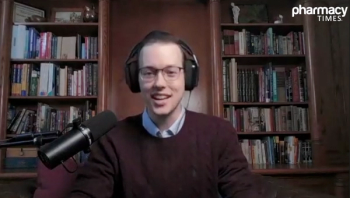
Social Media Isn't Replacing Face-to-Face Interaction
Despite concerns that individuals are increasingly fulfilling their social needs through Facebook rather than face-to-face conversations, recent study results show social media users are well aware that there's no substitute for in-person interaction.
Despite concerns that individuals are increasingly fulfilling their social needs through Facebook rather than face-to-face conversations, recent study results show social media users are well aware that there’s no substitute for in-person interaction.
The research, which was published in New Media & Society, examined the results of 3 previous studies on social media use.
The first found that the vast majority of social media activity consists of passive behaviors, such as browsing profiles and reading news articles. In fact, only 3.5% of the participants’ time on social media was spent performing actions that the researchers considered to be social interaction, such as chatting and commenting.
The second study demonstrated that most of the participants’ social interactions with their close friends happened face to face. When they did interact with these friends online, it was generally through chats and instant messaging, rather than through passive browsing or liking.
Finally, the third study determined that up to 2% of participants’ reported social interactions took place through social media.
Based on these findings, the researchers concluded that individuals recognize a clear distinction between social interaction and social media, and that face-to-face conversations remain the predominant form of socializing.
“There is a tendency to equate what we do on social media as if it is social interaction, but that does not reflect people’s actual experience using it,” said study author Jeffrey Hall, PhD, in a press release. “All of this worry that we’re seeking out more and more social interaction on Facebook is not true. Most interactions are face to face, and most of what we consider social interaction is face to face.”
In other words, social media is more akin to people-watching than to social interaction. Dr. Hall remarked that “keeping tabs on other people sharing our social spaces is normal and part of what it means to be human.”
Perhaps most importantly, the study participants deemed face-to-face interactions significantly valuable and irreplaceable by social media.
“Although people often socially interact and use social media in the same time period, people understand they are different things,” Dr. Hall stated. “People feel a sense of relatedness when they're interacting face to face, but using social media does not make them feel connected.”
Nevertheless, pharmacists and pharmacy students should be cautious about what they post on social media, as it could potentially have a negative
Newsletter
Stay informed on drug updates, treatment guidelines, and pharmacy practice trends—subscribe to Pharmacy Times for weekly clinical insights.




















































































































































































































